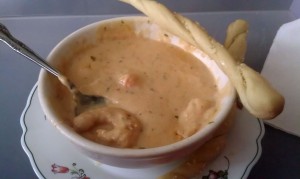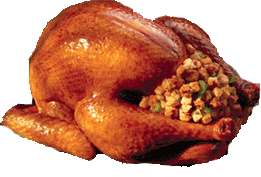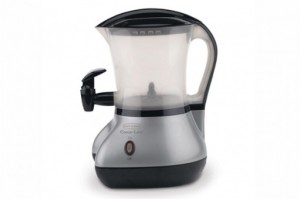I start each class with a review of some CDC statistics. Is it part of the ServSafe curriculum? No. Why do I do it? One simple answer, I want my students to understand how easy it is to have a positive impact on the safety of the food they are serving and why personal hygiene is so important.
I am glad to see news media reporting on the recent story from the CDC discussing Norovirus. According to the CDC, Norovirus outbreaks are more prevalent between November and April. They have also recently discovered a new strain in Australia however they do not know what impact this new strain will have on outbreaks in the US. Informing the public that the “stomach flu” is really Gastroenteritis, most often from food, is the big take away here.
Protect others:
Here is what I tell my students. According to the 2011 CDC estimates for domestically acquired foodborne illness, 58% of reported and identified cases are Norovirus. What is the easiest way to prevent the spread of a virus, I ask? Through proper personal hygiene, especially, hand washing. Only a small amount of Norovirus can make someone ill. Heat treating food will kill the virus. That is why we should avoid bare and gloved hand contact with food that will be consumed without further cooking. Wait, did I say gloved hand contact as well. Yes is did! Imagine this: I go to the bathroom, don’t wash my hands. I enter the kitchen and stick my hand in the box of gloves. I have now potentially contaminated the entire box with feces. Did I mention last week I had “the stomach flu”, a hum, possibly Norovirus. Confess: How many times have you seen someone not use gloves for a single use. In my opinion they are the most abused tool in the kitchen. But we will save a discussion on gloves for another post.
Protect yourself:
You go out to eat with friends. They recommend the spot. You walk in and see some tell tale signs that the establishment may not be as clean as you hoped. You don’t want to say anything to your friends so you look at the menu and wonder, what would be the safest thing to order? A salad? The soup? Fried Shrimp basket?
What do you think? My vote is all for the fried food. Now is not the time to be concerned about the waistline. Foodhandlers are less likely to touch hot fried food with hands.
Also, please do not ever get fruit in your drink. If you ever worked hospitality you know that the lemons and limes are often cut in less than desirable conditions.
Employers:
Train your staff. The cost of training well outweighs the cost of customers that you may lose when they see staff using poor practices.





 Focus Products Group International, LLC announces the following voluntary recall. Consumers should immediately stop using the Cocoa Latte™ Hot Drink Maker and contact the Focus Products Call Center for instructions on how to return the product and receive a replacement. The machines were sold under the following makes and model numbers:
Focus Products Group International, LLC announces the following voluntary recall. Consumers should immediately stop using the Cocoa Latte™ Hot Drink Maker and contact the Focus Products Call Center for instructions on how to return the product and receive a replacement. The machines were sold under the following makes and model numbers: